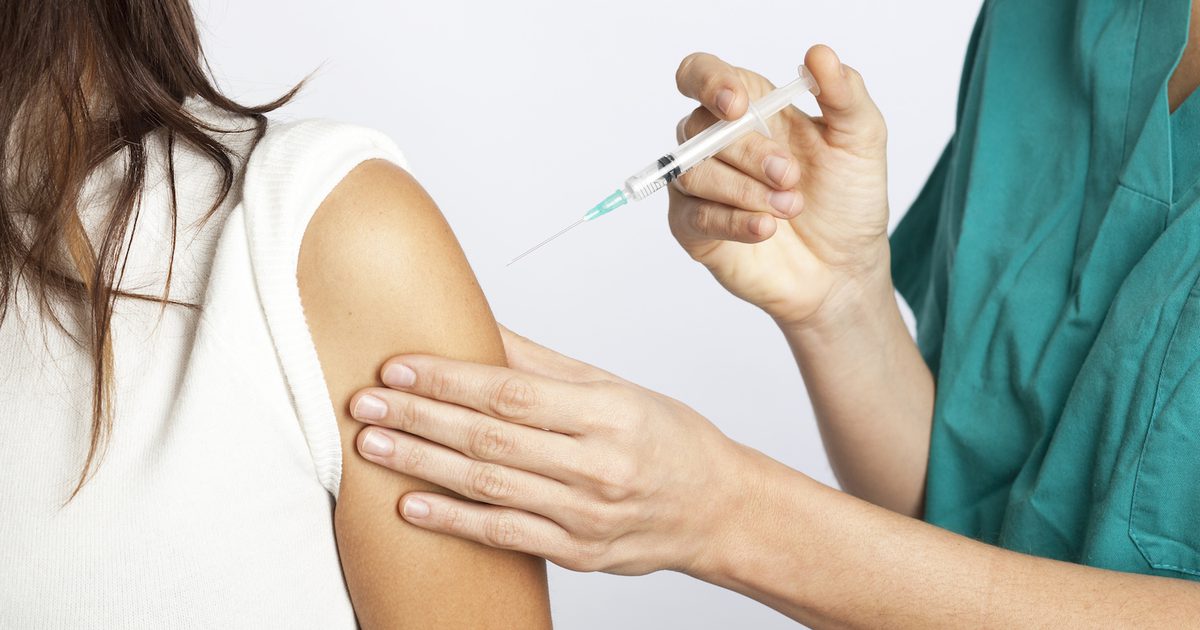Guide To Treating Lichen Planus
Lichen planus is a skin problem that produces redness, bumps, and lines on the skin. Symptoms vary depending on where the disease appears on the body. Skin lichen planus causes firm, shiny, red-purple bumps to appear on the skin. Lichen planus on the skin also causes Wickham’s striae, which are small white lines running through the bumps. Lichen planus tends to appear on the wrists, ankles, and lower back, but can also appear on the genitalia and other areas of the skin. About the time the older bumps begin to disappear, new bumps develop. The bumps are frequently itchy, and scaly patches may form on the skin. Blisters may also occur, but this is a rare symptom. Lichen planus, when it occurs on the genitals, can be very painful and make sexual relations difficult or even impossible. Several treatments are available to treat lichen planus that relieve the symptoms and help clear the skin. Get to know them now.
Corticosteroids

Corticosteroids are hormones used as a medication to treat skin irritations, among other disorders. These steroid hormones are either human-made or created naturally by the body. This type of medication can be used to treat lichen planus either orally, by giving an injection, or as a cream massaged on to the skin. Synthetic steroids mimic the way natural steroids work to treat inflammation. Some types of steroids used to treat lichen planus include bethamethasone, prednisone, triamicinolone, methylprednisolone, prednisolone, and dexamethasone. These powerful steroids enable the skin to reduce swelling and eliminate redness by mimicking the way the adrenal glands work to affect the way the skin looks and reacts.
Continue reading for more information on what can be done to treat lichen planus.